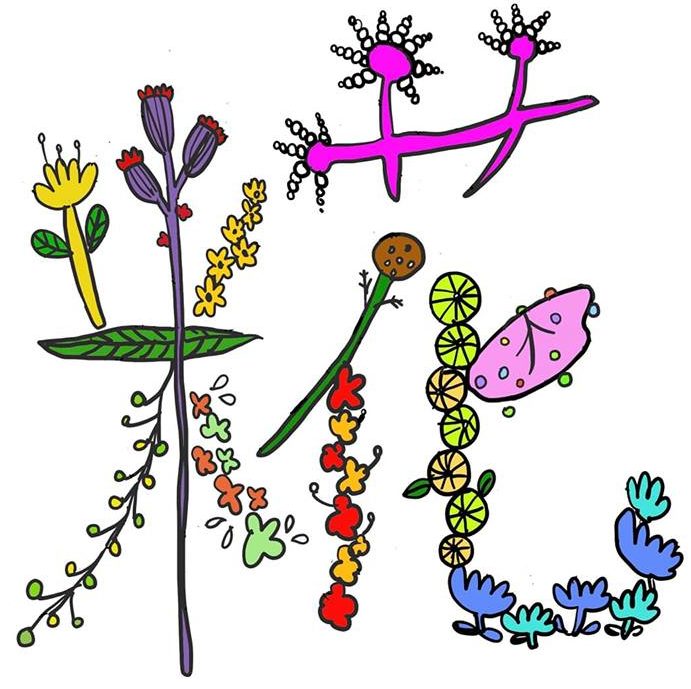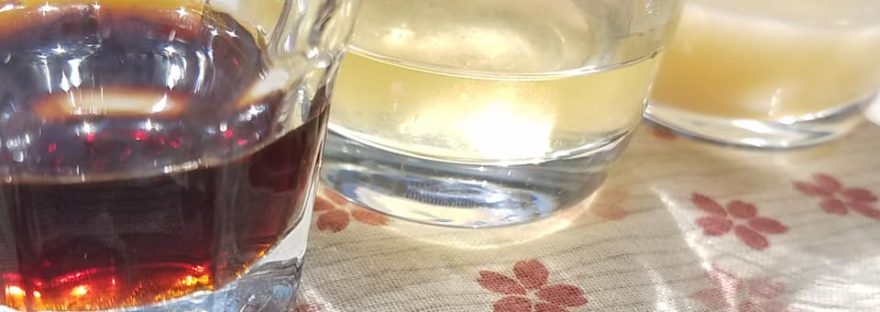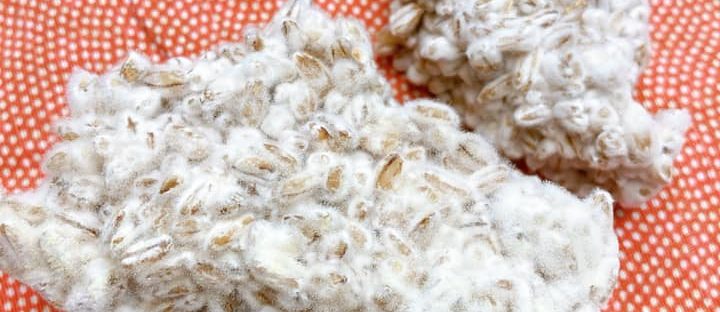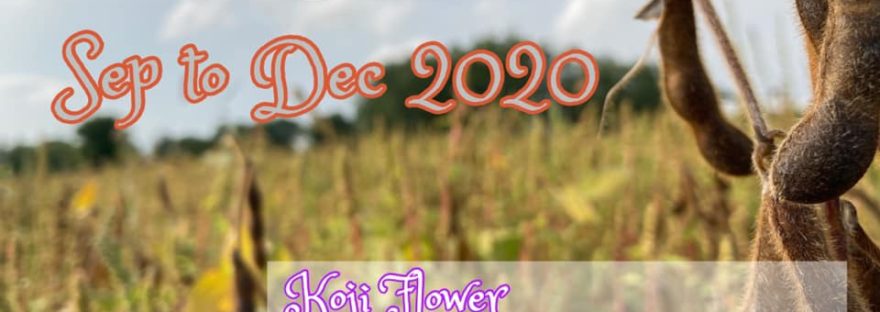(日本語は英語の下にあります)This famous traditional tsukemono is pretty difficult.We’ll, it’s not difficult, the process is pretty simple…but so hard to continue, and it give us a lot of pressure like we need to mix it well everyday, or feel like I’m not good wife/mother/lady when it goes bad… Anyway, this is true that the taste of Nukazuke… Continue reading (Free event)Mason Jar Nukazuke
Category: Blog – English
Free Mugi(barley) Miso Making Event
Good evening everyone. Today, I would like to invite you all to the free barley miso making event! Last year we held a free doburoku making event here at the Japanese Koji Fermentation Village. If you go to our past post, you can find the information. Please check it out if you’re interested. We wanted… Continue reading Free Mugi(barley) Miso Making Event
BE-10 Bodaimoto Online – injured a finger!
Ops, I should post this to the 'page' not here as 'blog'!It already sent to the people who subscribe my post, so I won't delete this post.Please enjoy! ++++(If you have an injury on your hand) Good morning everyone! Today I’d like to talk about what to do if you have an injury on your… Continue reading BE-10 Bodaimoto Online – injured a finger!
参加者の声・Voice from Yearly Member
(English below)年間メンバーに、この3月から入ってきてくださった方の感想です。1月からスタートだった年間スケジュールですが、すでに何度も白味噌は作ったことがあったし、簡単どぶろくもすぐに出来るし・・と、一気に飛ばして全部追いついてもらった1ヶ月だったのもあり、プラス3月4月はイベント続きて相当大変だったでしょう。でも、それを超えてこのような感想が頂けたこと、嬉しく思います。今月は菩提酛を丁寧に、来月は米麹を作る会、その後年末までゆっくりじっくり取り組んでもらいたいと思います。+++入会して1か月、怒涛のようにあっという間に過ぎた、というのが正直な感想です。 最初はみりん仕込みがきっかけで参加させていただき、結局年間メンバーとして麹について1年勉強することにしました。 良かったことは麹や各調味料の作り方をただ教わるのではなく、その歴史や成り立ち、地域による違いなどそれにまつわる様々な知識を興味深く学ぶことが出来るところです。 麹だけでなく、食育や東洋医学を基礎としたおうちでのケアなど、毎月2,3回、色々なトピックで講習があり、多岐にわたって学ぶ機会があるのも楽しいです。スケジュールが重なる場合は毎週?数日おきに連続ということもあり当初は面食らいましたが(笑)一緒に学ぶメンバー達も経験豊富な方々から様々な分野に造詣の深い方など、チャットでのやり取りも活発でほう!へえ~!と、毎日、目から鱗の情報が飛び交うのも新鮮です。 オンライン講習後の実習は個人作業になるものの、疑問点や相談はしおりさんがすぐに対応してくださり一緒に考え適切な助言をくれますし、チャットグループでの共有・アドバイス体制も万全で安心しています。 しおりさんのスタイルで一番印象的なことは、麹の声に耳を澄ます・仕込んだ調味料と会話をするつもりで向き合うことをいつもリマインドされていることです。 問題に直面した時に解決策や答えを教えることは簡単ですが、住む地域や環境も様々な中麹の変容の仕方もそれぞれであること、一人ひとりの置かれた状況の中で起きている事象をそれぞれが考え、答えを見つけ出せるようなフォローが素晴らしいなといつも思います。 目の前の麹と対話し、尊重し、どうしてほしいか相手を思って想像する。これって人間関係と同じだなと思いますし、麹は生き物だということを日々の活動を通し改めて実感しています。 仕込んだみりんや醤油を毎日眺め手をかけながら、Koji Lifeを楽しんでいます。 ++++Koji Flower -The Koji Academy- 5月の菩提酛、現在開催中。日本語と英語が飛び交いながら、皆で真剣に取り組み中。おうちクリニックは5月20日。頭痛についてのお話を予定しています。6月はいよいよ。。。米麹の製麴やります〜!米麹の製麴だけでもクラス取ってみたい方、是非お問い合わせ下さいね。kojiflowershiori@gmail.comしおりでした。 +++++ Here is a voice from a new member who joined us this March.The Yearly program has been started in January, but she has already made white miso many times before, and making doburoku is quite quick and easy,… Continue reading 参加者の声・Voice from Yearly Member
Koji Flower- Koji Advisor Training Program
-Learning Koji and Beyond-The koji advisor training program is for -Want to learn about koji in a comprehensive program-Want to start koji business in a future-Want to inherit koji culture, Japanese culture-Want to learn about our health, body and mind with koji-Are interested in the oriental medicine approach-Want to learn how to use koji for… Continue reading Koji Flower- Koji Advisor Training Program
お米の研ぎ汁乳酸菌が発展/Probiotic Water
Have you checked our new English version Facebook group page "Japanese koji fermentation village"? Let's make Doburoku there!We just started yesterday and we're making probiotic water.Everyone can join the page now. https://www.facebook.com/groups/japanesekojivillage ============== 皆様こんにちわ。 KojiFlowreでは、年間メンバーの2月の活動として「簡単どぶろく」を開催しています。 実は、簡単どぶろくは既に無料にて皆さんにご提供している内容なので、 じゃーみんなで作っちゃうか?!と思いつき、1月の下旬からアナウンスしてまいりました。 そして昨日からやっとスタートさせました〜♪++++++ 私の方ではこの講習会、かれこれ7年位前からはやっていると思うのですが、 その時からほぼ変わらない方法です。麹を買うのが初めてーという方でも面白い体験ができるように、材料を入れてブクブクするのを見る!という簡単なもの(ちょっと荒いが)でもお酒だし、料理に使うとめちゃくちゃ美味しいし、そのまま毎晩晩酌してた方もたくさんいらっしゃいました。以前はそんな事自体は珍しくて珍しくて、、だったのですが。はあ、お酒作るのー?(怪)という反応。現在ではこんぶちゃやケフィアなどを使って、ブクブク飲料を手作りするのが主流になってきましたね。嬉しい変化です。と、いうことで、今回の簡単どぶろくですが。7年前から変わらないそのやり方とレシピ。だけど。それでも私なりにその都度調べたり試してみたりはしているのですが、今回はまた面白い変化に気づきました。お米の研ぎ汁乳酸菌について検索すると、最近の定番は、いつもの砂糖に塩を加えるレシピがほとんどになってきています。そして、先に塩を加えて数日置き、その後に砂糖を加える方法も。なるほどね、雑菌も抑えるために先に塩を入れておき、後から砂糖と言う餌を入れるという事ね。とにかく簡単にこだわる私は、可能な限りのプロセスを削除してこれだけで終了!にこだわってきたのですが、これだけ皆さん発酵にも慣れてきて経験も積んできている方も多いし、うーむと悩みます。どこまで取り入れようか。 私が対面で講習会をしている時には、ただ単にお米の研ぎ汁でこんなにパワーがあるんだよーってエンターテイメントのように見せたくて、ペットボトルパンパンにして、みんなの前で豪快にしゅぱーっと開けて楽しんでいました。でも、実際の所どうしてもお米の研ぎ汁乳酸菌は臭みが出てきてしまうから日常的に常備しているものでもなかったんですよね。 本当は、その臭みを抑えるために柑橘系の皮とか良いようですが。 まあ、まあ、ここは簡単にこだわり、簡単に行きますっ。今回も皆さんと一緒にお米の研ぎ汁作ってみましょう。これ1週間くらいかかるので、なるべく早めに仕込んでね。オリジナルのレシピは、昨晩投稿してあります。ここを読んでもちょっと発展させようという場合は、お塩を小さじ1ほど入れてみても良いかも!毎日混ぜてみようね。今から無料どぶろくに参加したい方、こちらまでどうぞ。https://www.facebook.com/groups/kojinohana ======== Koji Flower では様々な麹関連のクラスを年間を通して開催しています。2月は簡単どぶろくおうちクリニックの2月のテーマは、腸。https://kojiflower.eeeagency.com/schedule2021jp/ ========
Mirin Online Class!
(日本語は、この下です。因みに日本語での味醂クラスは、英語のクラスと違う日程になっておりますのでお間違えなく!)Mirin Online Class will start this coming Saturday!!(English version) (こちら、英語クラスバージョンです) Have you ever heard about Mirin Before?Mirin is a sweet condiment made by koji and an alcohol.Mirin is so much involved in the our food culture, we can’t talk about Japanese cousine without Mirin.However, the ones that you have seen in North America is not… Continue reading Mirin Online Class!
麦味噌オンライン/ Barley Miso Online
Last night, we had a Zoom lecture: Barley Miso Online Class (Japanese).There were about 14 people, and there will be some people who are going to catch up by watching the recorded lecture.One of the best things about having an online lecture is that it gives people more flexibility; people can learn at their own… Continue reading 麦味噌オンライン/ Barley Miso Online
North York Garage Sale / ガレージセール、今週日曜日です。
(日本語は下に) It's September already! If you have time this Sunday 9am - 11am, September 6th, please come and join our North York Garage Sale. Besides the simple Garage sale products, there will also be a lot of Koji products available!! Rice koji, Salted koji, Soysauce koji, Tomato koji, Onio Koji, and Amazake....! Koji Flower's advanced… Continue reading North York Garage Sale / ガレージセール、今週日曜日です。
Schedule for Koji Flower Online Classes (in English)
-Total of 2 classes for Easy Doburoku(Sake) Making Class - Aug 29 - Easy Doburoku(sake) making class - how to make Doburoku Sep 05 - Easy Doburoku(Sake) Making Class - lectures Total of 3 classes for General White Miso (shiro miso) Class Sep 12 - Basic instruction of making Shiro misoSep 19 - All about… Continue reading Schedule for Koji Flower Online Classes (in English)









